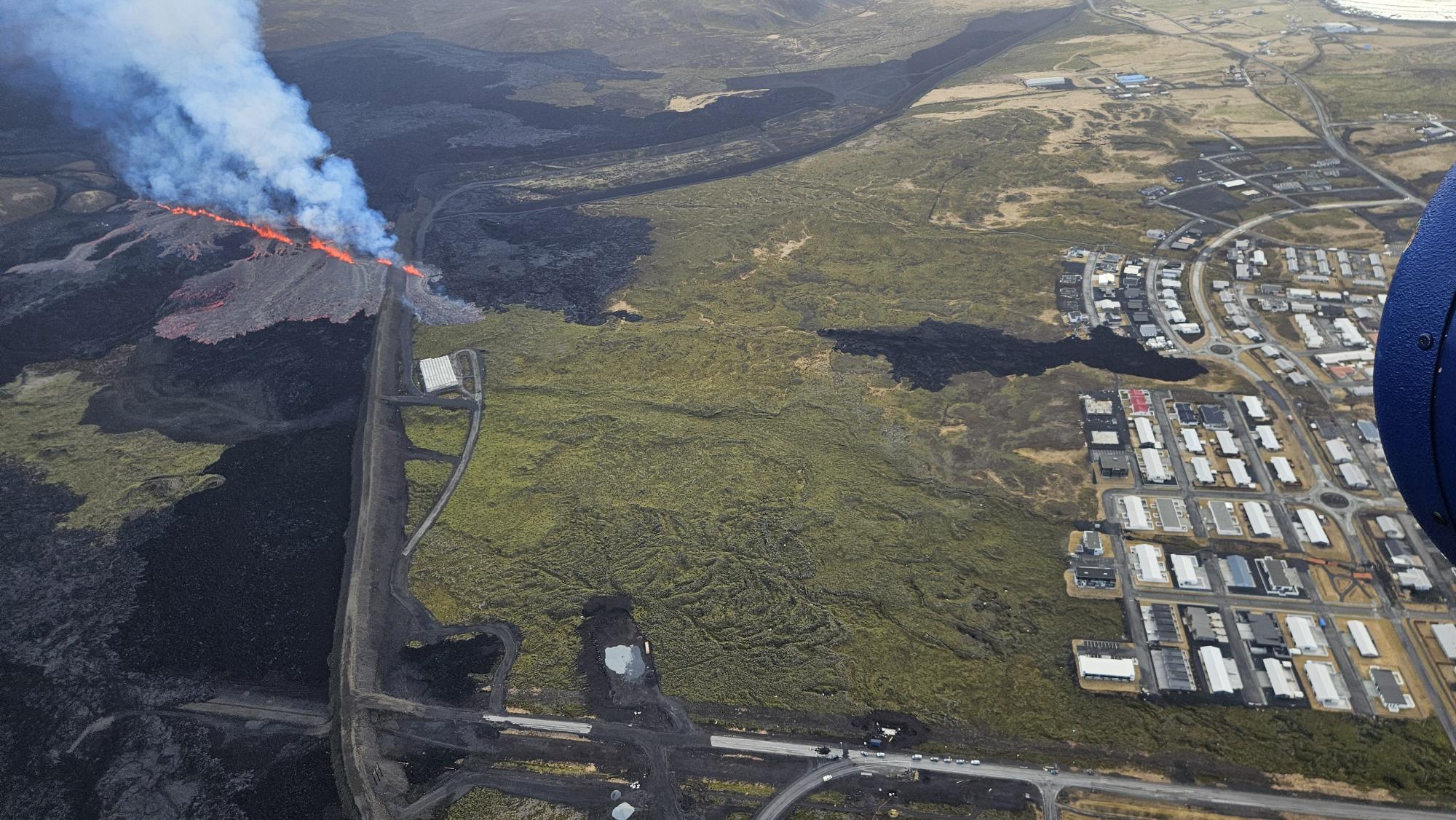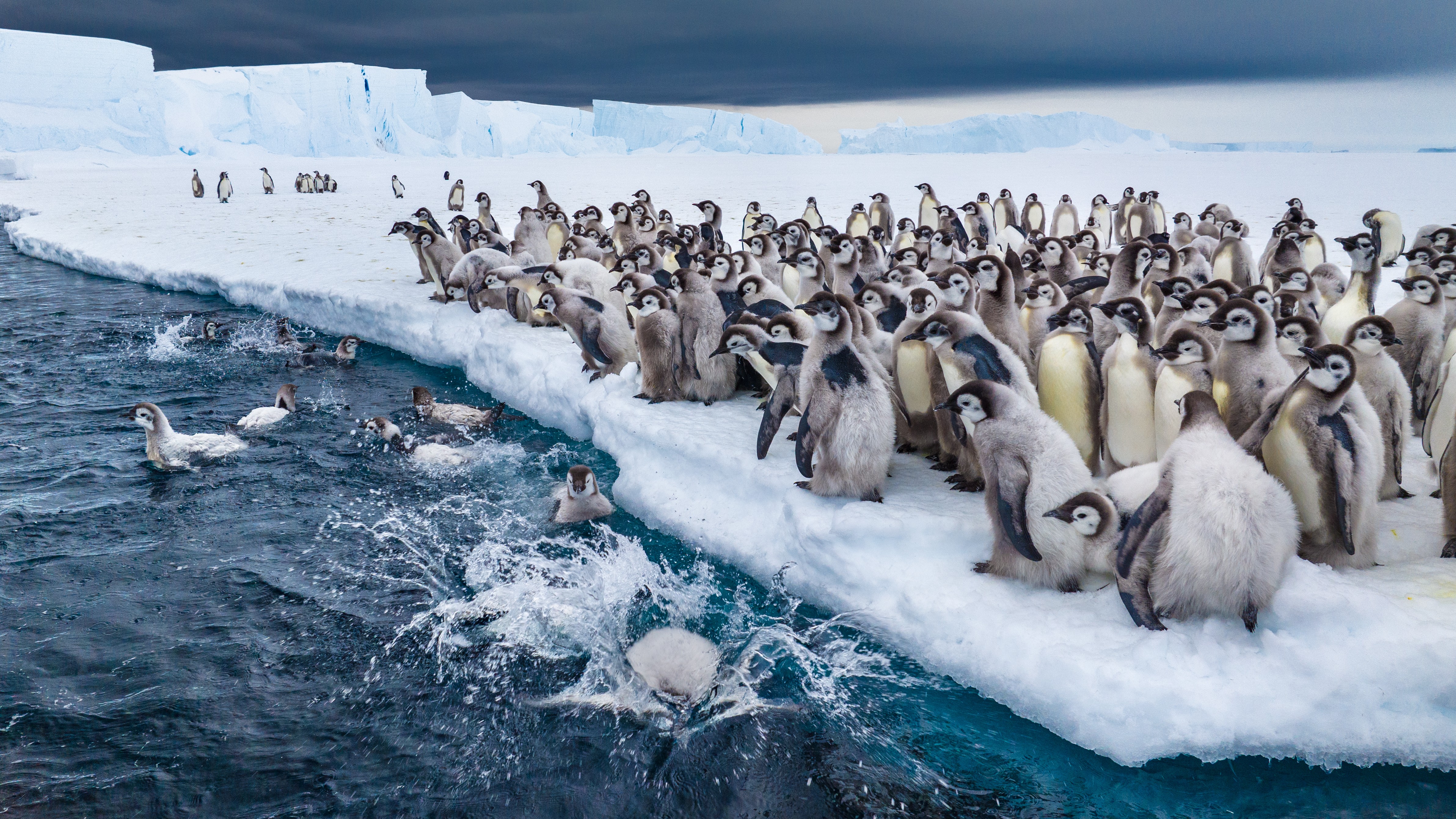Lava bursts through Grindavík's defense barriers as new volcanic eruption begins on Iceland's Reykjanes Peninsula

A volcanic fissure has opened up near the town of Grindavík on Iceland's Reykjanes Peninsula following a significant uptick in earthquake activity. Images show lava breaching the town's defensive barrier, as Icelandic Met Office (IMO) representatives warn the fissure could continue to grow.
The volcanic eruption started along the Sundhnúkur crater row following a swarm of earthquakes at 6:30 a.m. local time (2:30 a.m. ET) this morning (April 1), according to the IMO.
A nearly 4,000-foot-long (1,200 meters) fissure opened up at 9:45 a.m. local time north of the town of Grindavík, and it continues to extend southward toward the town.
IMO officials raised the hazard assessment alert level for both the Sundhnúkur crater row and Grindavík, which has a population of around 3,000 people, to the highest risk level. Southwesterly winds are expected to carry volcanic gas northeastwards and could reach the capital, Reykjavík, 25 miles (40 kilometers) away.
At 11:00 a.m., IMO representatives said that a new eruptive fissure had opened up inside the protective barriers around Grindavík.
Related: Huge steam plume rises from Alaska's Mount Spurr as volcano edges closer to eruption
Both Grindavík and the nearby Blue Lagoon spa — a popular tourist attraction — have been evacuated in anticipation of the eruption, and roads heading in and out of the town have been closed. However, according to local media outlet Visir, several Grindavík residents have refused to leave the town.
Sign up for the Live Science daily newsletter now
Get the world’s most fascinating discoveries delivered straight to your inbox.
This incident marks the 11th eruption on the Reykjanes Peninsula since 2021 and the eighth along the Sundhnúkur crater row since 2023.
Based on current wind direction forecasts, the southwesterly winds are expected to die down towards the end of the day, concentrating the gas pollution in the area around the eruptive fissure. However, the IMO predicts that tomorrow morning, the winds will shift to northwesterly, and later westerly, sending gas and ash towards the southwest and east of the peninsula.

Pandora is the trending news editor at Live Science. She is also a science presenter and previously worked as Senior Science and Health Reporter at Newsweek. Pandora holds a Biological Sciences degree from the University of Oxford, where she specialised in biochemistry and molecular biology.
You must confirm your public display name before commenting
Please logout and then login again, you will then be prompted to enter your display name.









